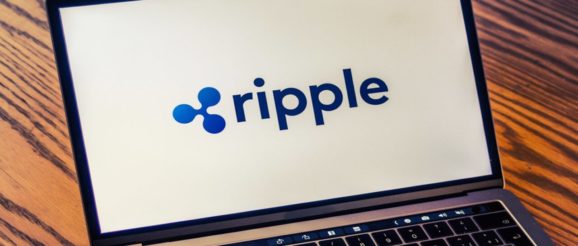Ripple executive predicts Asia will fuel payments innovation

A senior figure at one of the world’s most famous blockchain-powered payments platforms has predicted that Asia will be the hub of payments innovation in the future.
In an interview with FinTech magazine, Marcus Treacher – who serves as Ripple’s senior vice president of customer success – made the prediction that online money transfer options would surge in Asia.
Pointing out that “80% of the volume in digital asset trading coming from Asia”, he suggested that this key node in the global financial ecosystem had “perhaps the greatest need for a better payments infrastructure”.
“Blockchain has played a key role in this innovation, with its ability to make micro-transactions such as loans, payments, remittances – much more efficient and transparent”, he said.
He also covered a range of other topics in the interview.
He argued that “micropayments” will continue to be popular – and could even rise in potential.
“The use case for micropayments has traditionally been confined to messaging apps like Telegram and Line”, he said.
“But with big tech companies introducing payment services of their own, we can expect a surge of developers flocking to digital assets as the solution to keep up with in-app, real-time payment processing demand”, he added.
Turning to the potential of “banking-as-a-service”, he also said that there would be a move towards the cloud for many providers in this space.
“As technology costs associated with running and development continue to climb, we can expect banks will turn to cloud providers of banking technology to help radically reduce these costs”, he said.
“Because cloud-hosted banking technology providers have developed new platforms with modern methods, they are ideally placed to easily and cheaply plug into emerging blockchain networks, AI engines and other categories of fintech”, he added.
In recent years, Ripple has turned itself into a market leader when it comes to blockchain-powered remittance services.
It now has more than 300 financial services organisations and institutions in its network, and the number is growing.
As a model, it tends to develop partnerships with organisations.
Once a partnership is in place, Ripple is then able to assist the institution with any liquidity problems through blockchain-focused solutions.
One of its products is called ODL, or “on-demand liquidity” – although not all Ripple partners use this.
Another product offered by Ripple, called XRP, is a cryptocurrency in its own right.
Ripple, blockchain and other terms in the cross border payments sector can seem confusing at first glance.
However, they don’t have to be: by reading our magazine pages, you can keep ahead of the curve and be in the know.
